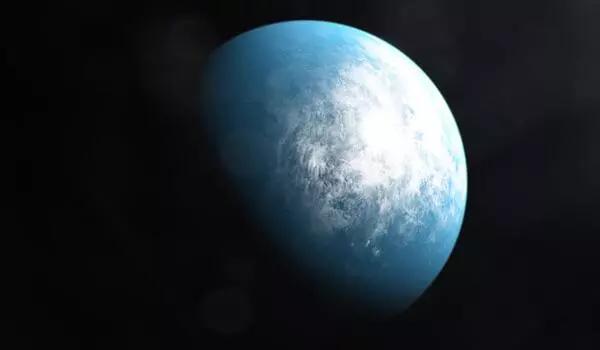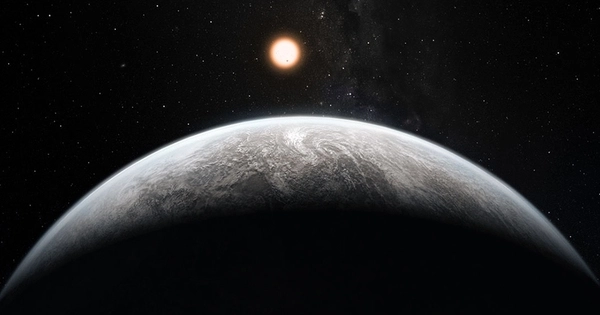In the field of astronomy, artificial intelligence (AI) has become an increasingly valuable tool for discovering new planets outside of our solar system, known as exoplanets. Observing the light from a star and looking for small periodic variations in the light caused by the gravitational pull of a planet orbiting it is the traditional method for finding exoplanets. This method, however, is time-consuming and necessitates extensive data analysis.
A research team used machine learning tools to detect evidence of a previously unknown planet outside of our solar system. The team recently demonstrated that machine learning can correctly determine the presence of an exoplanet by looking in protoplanetary disks, the gas surrounding newly formed stars. The newly published findings represent a first step toward using machine learning to identify previously overlooked exoplanets.
A University of Georgia research team has confirmed evidence of a previously unknown planet outside of our solar system, and they used machine learning tools to detect it. A recent study by the team showed that machine learning can correctly determine if an exoplanet is present by looking in protoplanetary disks, the gas around newly formed stars. The newly published findings represent a first step toward using machine learning to identify previously overlooked exoplanets.
This is a very exciting proof of concept. We knew from previous work that we could use machine learning to find known forming exoplanets. We now know for certain that we can use it to make entirely new discoveries.
Cassandra Hall
“We confirmed the planet using traditional techniques, but our models directed us to run those simulations and showed us exactly where the planet might be,” said Jason Terry, lead author of the study and doctoral student in the UGA Franklin College of Arts and Sciences department of physics and astronomy.
“When we applied our models to a set of older observations, they identified a disk that had previously been analyzed but was not known to have a planet. We ran simulations of the disk, as with previous discoveries, and discovered that a planet could recreate the observation.”
According to Terry, the models suggested a planet’s presence, indicated by several images that strongly highlighted a particular region of the disk that turned out to have the characteristic sign of a planet – an unusual deviation in the velocity of the gas near the planet.

Researchers use AI to discover new planet outside solar system
“This is a very exciting proof of concept. We knew from previous work that we could use machine learning to find known forming exoplanets,” said Cassandra Hall, assistant professor of computational astrophysics and principal investigator of the Exoplanet and Planet Formation Research Group at the University of Georgia. “We now know for certain that we can use it to make entirely new discoveries.”
The discovery demonstrates how machine learning can improve scientists’ work by utilizing artificial intelligence as an additional tool to increase researchers’ accuracy and more efficiently economize their time when engaged in such a vast endeavor as investigating deep, outer space.
The models were able to detect a signal in previously analyzed data; they discovered something that had previously gone undetected.
“This demonstrates that our models, and machine learning in general, are capable of quickly and accurately identifying important information that people may overlook.” “This has the potential to significantly accelerate analysis and subsequent theoretical insights,” Terry said. “It only took about an hour to analyze that entire catalog and find strong evidence for a new planet in a specific location, so we believe these types of techniques will play an important role as our datasets grow even larger.”





